- CLAD
- A term sometimes used in continental heraldry in place of its English
heraldic equivalents of habited, habillé or vested – see
habited and
vested).
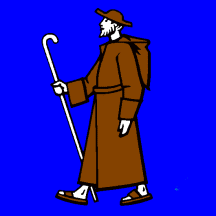
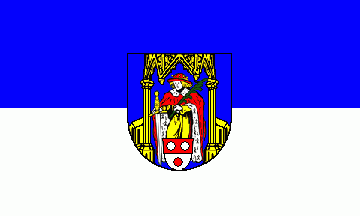
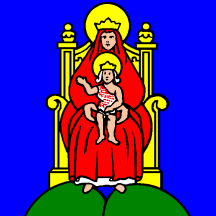
Flag of Münchwilen, Switzerland;
Flag of Könnern, Germany;
Flag of Damvant, Switzerland
- CLAD IN ARMOUR
- 1) In vexillology see 'armoured 1)'
2) In heraldry see
harnysed.
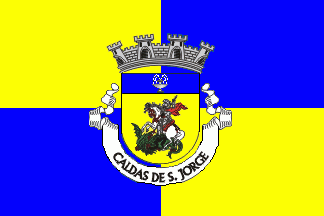
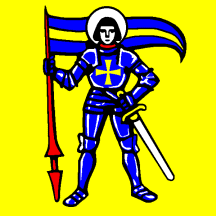
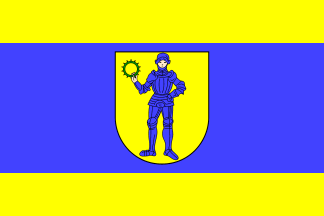
Flag of Caldas de São Jorge, Portugal;
Flag of Alvaneu, Switzerland;
Flag of Kriegsfeld, Germany
- CLAN STANDARD
- A term sometimes (inaccurately) used to describe the heraldic standard of a
Scottish Laird or clan chief – see
battle standard,
pageant standard,
great standard and
standard 4)
(also pinsel).
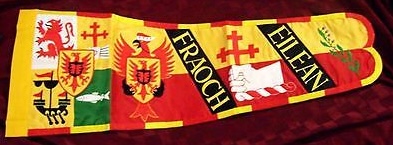
Standard of the Laird of Clan McDonald of McDonald (worthpoint.com)
- CLAPPER
- The internal device which strikes a musical note when a bell is swung.
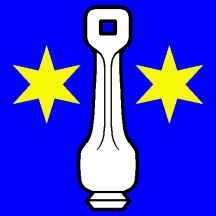
Flag of Kallnach, Switzerland
- CLASP
- See bar 3).
- CLASS FLAG
- In British RAF usage, the alternative name for a rank flag – see
rank flag 1)
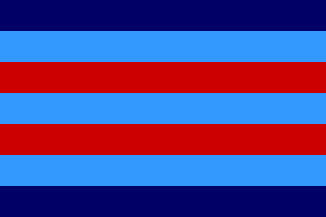
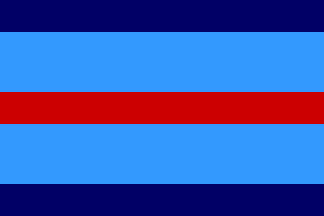
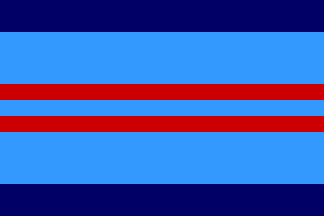
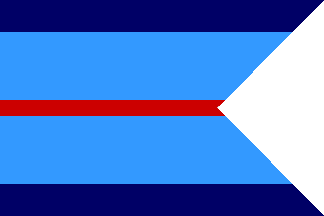
RAF – Air Chief Marshal, Air Marshal. Air Vice-Marshall, Air Commodore
- CLAWED
- In heraldry see armed 2.
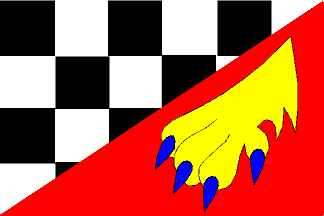
be.gif)
Flag and Arms of Bezverov, Czechia
- CLEAN MARINA FLAG (or PENNANT)
- In US usage the flag (or pennant) flown by those marine facilities that have reached an acceptable standard under various state sponsored programs - see ‘blue flag’ (also ‘pumpout flag’).
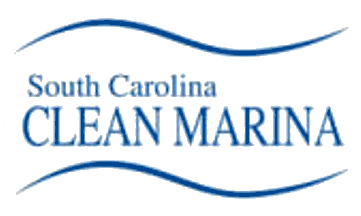
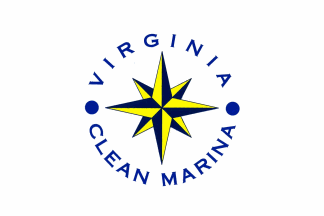
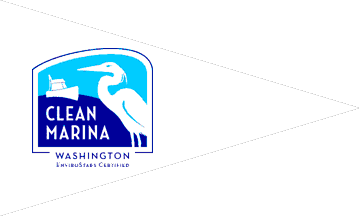
Clean Marina Flags: South Carolina,
Virginia, and
Washington
- CLEAT
- A metal fitting with two arms, which is attached to the lower part of a flagpole
or mast for securing the halyard (see also
belaying pin,
flag pole and
halyard).
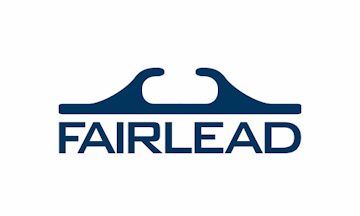
Flag of Fairlead Integrated (U.S.)
- CLEW(S)
- A term for the lower fly corner or both lower corners of a flag – particularly
(but not exclusively) a religious/processional banner or similar – to which a line
or lines are attached so as to prevent unwanted movement – particularly in windy
conditions (see also banner 3) and
outrigger pole)
- CLIP
- See Inglefield clip
- CLIP AND GROMMET
- An efficient method of hoisting a flag much favoured in the US, whereby clips attached to
the halyard are slipped into grommets on the flag – see
grommet 1) and
Inglefield clip (also
appendix I and
running eye and toggle).

Željko Heimer
- CLOSED SLEEVE
- A technical term for the sleeve of a flag (usually a parade flag) which is closed at its upper end
so that the staff (when inserted) does not project above the top of that flag (see also
sleeve 2),
staff 2) and
parade flag).
- CLOSE UP (or CLOSED UP)
- (adj) The naval term for when a flag or pennant is hoisted right up to the truck
(see also also ‘code pennant’,
dip, at the and
truck).
- CLOTHED
- In heraldry see clad,
habited and
vested).
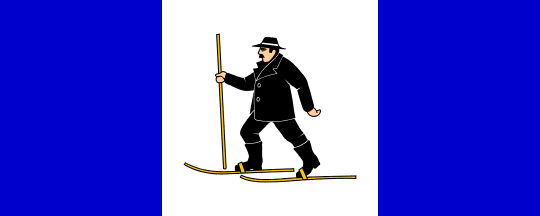
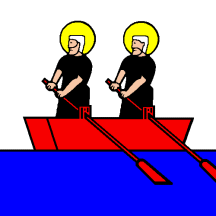
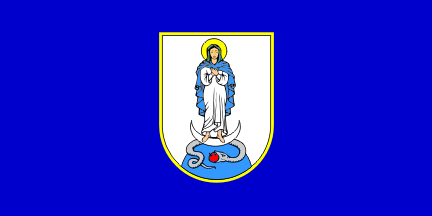
Flag of Bloke, Slovenia;
Flag of Oberägeri, Switzerland;
Flag of Marijanci, Croatia
- CLOVEN BULLNOSE
- See double tailed descate.
![[cloven bullnose example]](../images/v/vxt-d1188.gif)
- CLOVEN DESCATE
- See descate.
![[cloven descate example]](../images/v/vx-gb~mepmb.gif)
Guidon of the Metropolitan Police Mounted Branch, UK
- CLOVERLEAF
- In heraldry see trefoil.
![[cloverleaf example]](../images/v/vx-nl-fr_tz.gif)
![[cloverleaf example]](../images/v/vx-nl-fr)tz.gif)
Flag and Arms of
Tzum, The Netherlands
- CLOVERSTEM(S) (or CLOVER STEM)
- The term – and a direct translation of kleestengeln or kleestengel – for a
charge largely (but not exclusively) used on heraldic birds (especially eagles in European heraldry)
which may be described as a crescent-like shape (usually but not invariably) ornamented with
trefoil/clover leaf elements either at one or both ends and/or in the middle, and sometimes
visible only on the wings – kleestengeln or kleestengel (see also
crescent 2) and
trefoil).
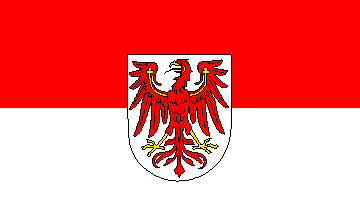
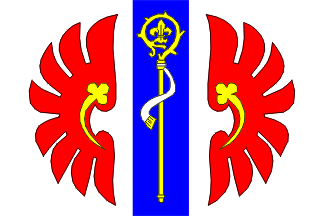
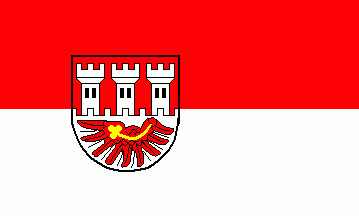
Flag of Brandenburg, Germany;
Flag of Brodeslavy, Czechia;
Flag of Porta Westfalica, Germany
- CLUB PENNANT
- A small triangular flag designed to be hung vertically usually charged with
the emblem and livery colours of a sporting club – a vertical pennant (see also
livery colours,
pennant 2 and
souvenir flags).
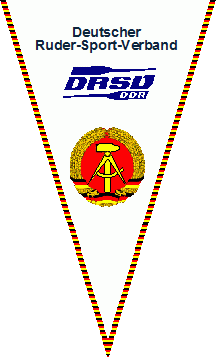
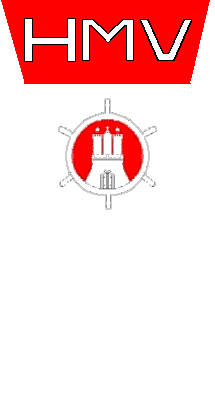
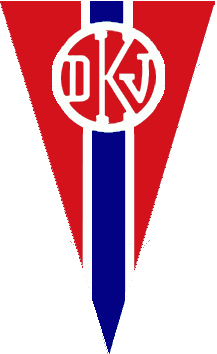
Pennants of Deutscher Ruder Sport Verband,
Hamburger Motorboot Verband,
Deutscher Kanuverband, Germany
- CMYK
- The Initials for Cyan, Yellow, Magenta and Black, being the four primary shades
used in the print process to create any colour, and an abbreviation for the four-colour
printing system (see also cable number,
British colour code,
Pantone Matching System and
International Colour Code).
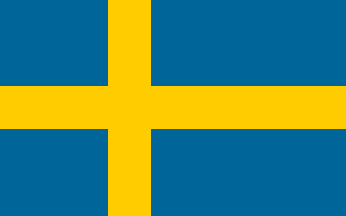
CMYK for the National Flag of Sweden – Blue: 10% Yellow, 50% Magenta and
100% Cyan, Yellow: 100% Yellow and 20% Magenta
- COACHWHIP PENNANT
- See masthead pennant 2) and
whip pennant 2)).
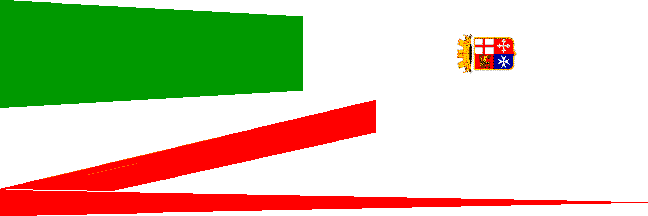
Coachwhip/Masthead Pennant, Italy
- COAT
- A heraldic term that refers to each individual section or quartering on a
shield or banner of arms – see coat of arms 2) (also
banner of arms,
impaled,
quartering and
shield 2)).
- COAT OF ARMS (or COA)
- 1) On flags and generically, the heraldic insignia of an individual or family,
or of a corporate institution such as a nation, province or municipality, or of
a commercial enterprise. In general terms the coat of arms can contain all the
elements that make up a full set of armorial bearings – a COA or arms –
but see 2) below (also
lesser arms,
middle arms and
state arms 1)
under ‘arms).
- 2) In heraldry, as above but the term only refers to the shield from a full
set of armorial bearings – an escutcheon or arms (see also
armorial bearings,
banner of arms, and
shield&).
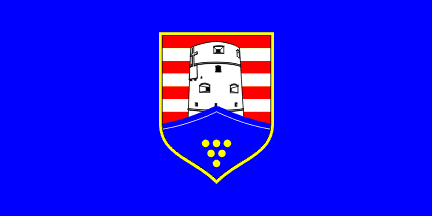
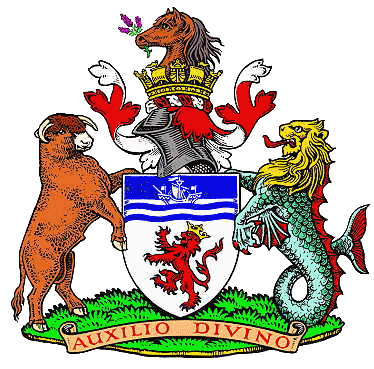
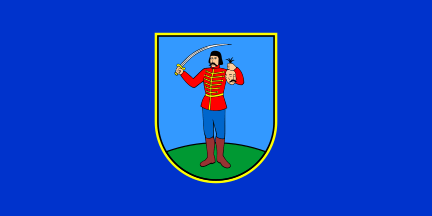
Flag of Kula Norinska;
Coat of Arms of Devon, England;
Flag of Ðelekovec, Croatia
Notes
a) A full set of armorial bearings
can include (for example) shield, supporters, helmet, torse, crest, mantling,
compartment, motto, collar etc., and whilst many of the terms used are illustrated
in Appendix IV and/or briefly defined herein, it is
suggested that a suitable glossary or heraldic dictionary be consulted for full details.
b) The emblems of some countries
such as those of Mexico or Italy – whilst conforming to the definition of that
term as detailed herein – are officially described as “coats of arms” (see also
emblem, national).
.gif)
National Coat of Arms/Emblem of Mexico
- COCKADE
- 1) A rosette or bow, generally in national or livery colours, and sometimes
used to decorate a staff below the finial (see also cravat 1),
finial,
livery colours
and staff).
- 2) A rosette or bow formerly worn by both military personnel and civilians
(largely on the hat or shako) to indicate patriotic or political loyalties and
still sometimes seen.
- 3) See roundel 1).
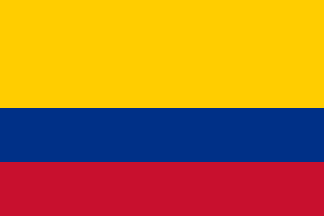
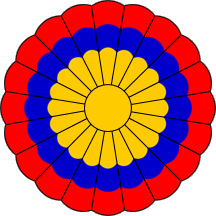
ccde.gif)
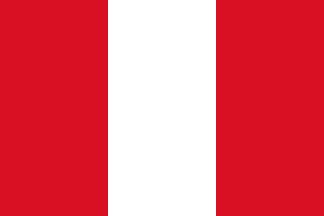
National Flag and Cockade of Colombia;
Cockade and National Flag of Peru
Please note that the cockade was the precursor of many national flags (those of Argentina and France being two examples).
- COCKATRICE (or COCATRICE)
- In heraldry see dragon
and its following note.
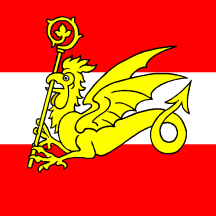
Flag of Porrentruy, Switzerland
- CODE PENNANT
- A tapered, square-ended pennant (or trapezoid) used in the International
Code of Signal Flags to indicate a decimal point, but more importantly that a
message has been seen by the intended recipient when hoisted at the dip, and/or
that it has been received and understood when closed up – the answering pennant
(see also close up,
dip, at the,
International Code of Signal Flags,
pendant coupee& and
signal flag and
trapezoid 2)).
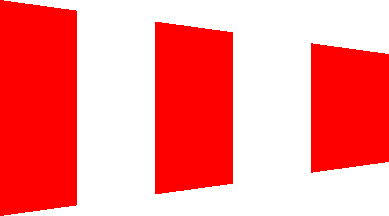
Code pennant
Please note that this pennant is also included in the NATO Code of Signals, but (as
opposed to the meanings given above) is raised at the start of a signal hoist to
indicate that any following message must be read using the International Code.
- COG
- 1) See cog-wheel.
2) A type of single-masted, medieval trading vessel (usually shown with fore and aft
castles as equipped for war) – but see ancient ship,
nef and the note below.
![[Kostrena]](../images/v/vx-hr-ri-ko.gif)
![[Kostrena]](../images/v/vx-hr)ri-ko.gif)
![[cog]](../images/v/vx-nl-fr-wy.gif)
Flag and Arms of Kostrena, Croatia;
Flag of Wymbritseradiel, Netherlands
Please note with regard to 2) that the terms cog and nef both refer to a single-masted
vessel and are generally considered interchangeable, however, strictly speaking the cog was
most often steered by a long oar, whereas the nef invariably had a stern mounted rudder.
- COG-WHEEL (COG WHEEL or COGWHEEL)
- A toothed wheel used in mechanical engineering to transmit power, and
usually symbolic of industry or industrial workers – a toothed or gear-wheel – but see
waterwheel.
![[cog-wheel]](../images/v/vx-de-nc-gv.gif)
![[cog wheel]](../images/v/vx-ch-vd146.gif)
![[cog wheel]](../images/v/vx-tr}emep4.gif)
Flag of Grevesmühlen, Germany;
Flag of Le Sentier, Switzerland;
Flag of the Labour Party, Turkey
- COGNISANCE
- 1) In flags a medieval term, now obsolete, for a lance pennon – see
lance pennon 1).
- 2) In heraldry as above but the term can include everything by which an
armigerous person is known (see also armigerous).













be.gif)







![[cloven descate example]](../images/v/vx-gb~mepmb.gif)
![[cloverleaf example]](../images/v/vx-nl-fr_tz.gif)
![[cloverleaf example]](../images/v/vx-nl-fr)tz.gif)











.gif)


ccde.gif)


![[Kostrena]](../images/v/vx-hr-ri-ko.gif)
![[Kostrena]](../images/v/vx-hr)ri-ko.gif)
![[cog]](../images/v/vx-nl-fr-wy.gif)
![[cog-wheel]](../images/v/vx-de-nc-gv.gif)
![[cog wheel]](../images/v/vx-ch-vd146.gif)
![[cog wheel]](../images/v/vx-tr}emep4.gif)


![[cloven bullnose example]](../images/v/vxt-d1188.gif)
